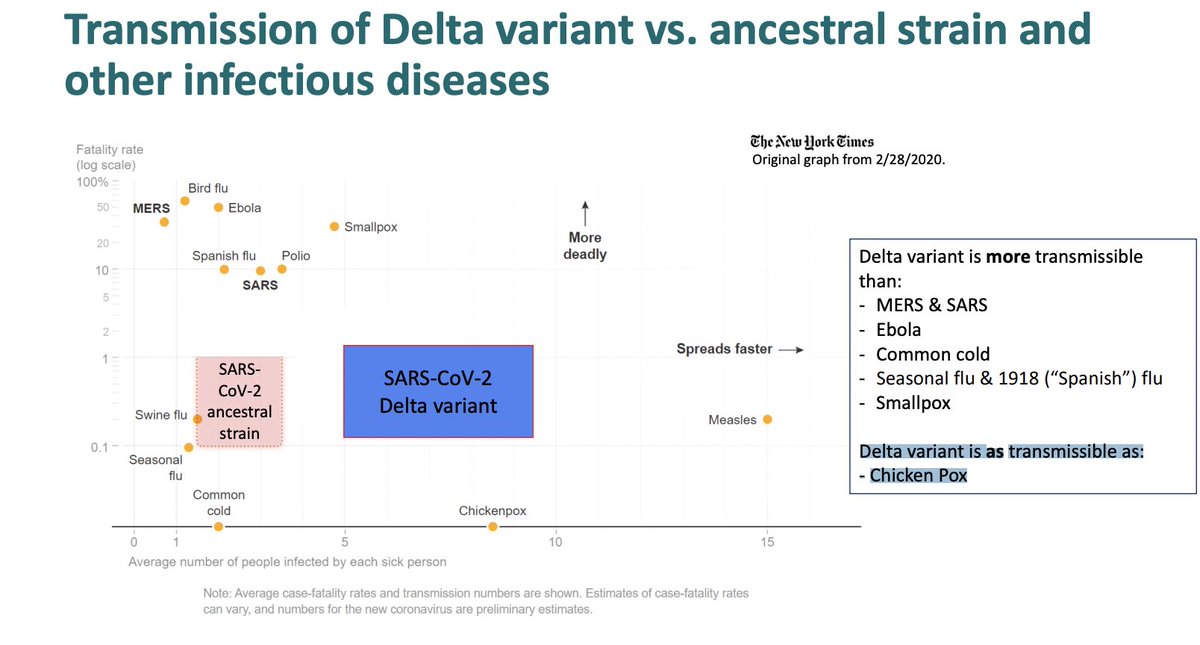
This is actually an answerable question.
Does case severity drop during times when there are lots of open hospital beds?
Seems like a good episode of @DrBapuPod @AnupamBJena
Does case severity drop during times when there are lots of open hospital beds?
Seems like a good episode of @DrBapuPod @AnupamBJena
https://twitter.com/JosephSakran/status/1441897732411559939
Can we measure "likely unnecessary admissions" somehow?
...and to be clear, I am not sympathetic to the idea that we should somehow minimize the terrible negative impact of covid on hospitals and ICUs being full
(from a former policymaker/ hospital exec) "when IP census lags, do we see a rise in the % of ED patients admitted" might be the question.
• • •
Missing some Tweet in this thread? You can try to
force a refresh









